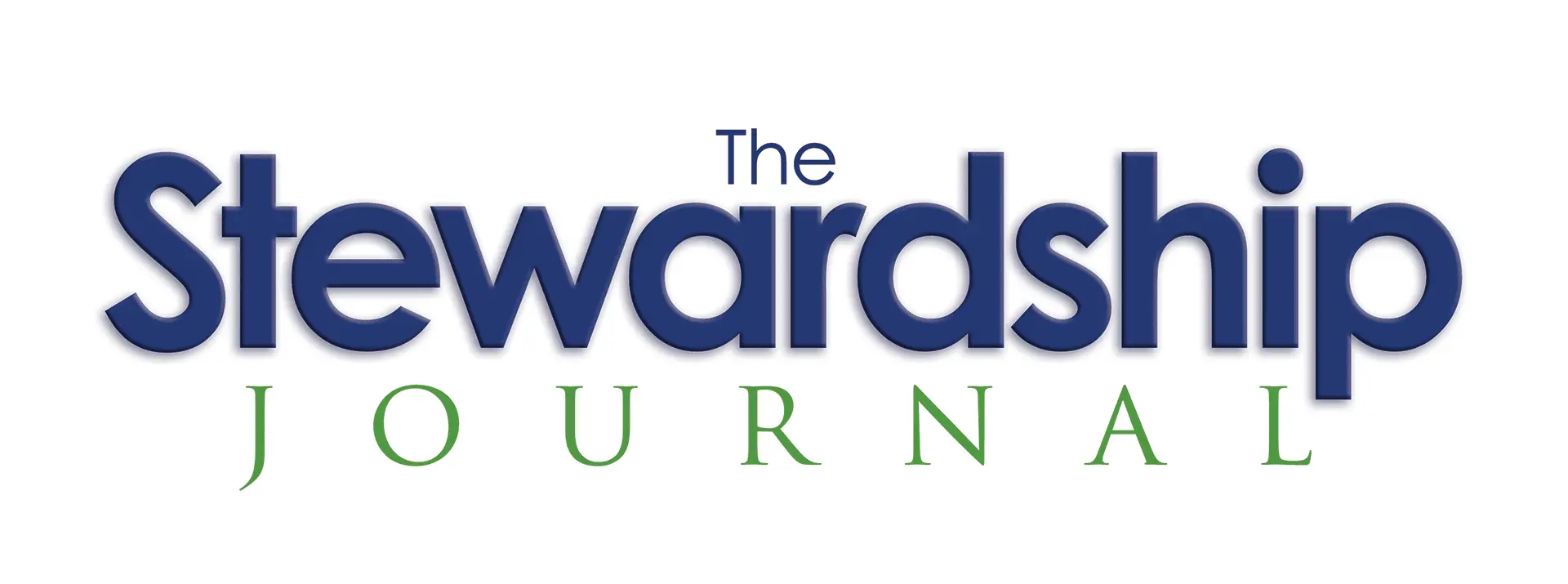“What are the banks telling you?” That was my question to a group of lay leaders at a church a few years back that was considering building a new facility. Let me preface by saying that top-level financial guys were around the table, many of whom ran Fortune 500 companies, while others were small business owners. Yet, to a person, when I asked this question, all I got back were blank stares. After months of working on the project, no one had thought to contact any financial institution to find out if they could acquire the money needed. I find this is one of the major mistakes churches make when they begin planning on any project that might require financing.
As I continue my series on raising over and above dollars in this issue of the Coach, I want to deal with the financing side of a project. This Coach is entitled How to Avoid Mistakes in Church Loans. Don’t miss my Bonus Section where I interview banking expert Dennis Moses about the current state of banking and church loans.
Let’s dive in with a bit of a review from my last edition of the Coach, where I gave you the three levels of project development. For review, they are…
- The Project – Whatever you are raising over and above dollars for. This includes everything from permitting to the final walkthrough for the Certificate of Occupancy. My June 27th issue will feature this level of development.
- Financing – Who will loan you the money to do what you have in your heart? I’ll share that in this issue.
- Funding – Raising the funds to pay for the financing. That is where I come in.
As I mentioned last week, you must keep your eye on all three levels simultaneously and in sequence. It’s a bit like playing chess on three levels. Yet, most churches move through the project’s development like a preacher preaches his sermon, one point at a time. Thus, churches make several mistakes before starting any capital campaign. This sequential thinking results in the following mistakes when it comes to financing.
One of the biggest mistakes churches make in project development is delaying the start of finance discussions. “Why would we talk to a bank when our plans are not finalized?” That is the question I often get when I ask whether or not a church has talked with lenders. The misconception is that you would need all bids in before you go to an institution. This mistake can set your project back months, if not years. In my view, the minute you know what you are going to build is the time to start talking to lending institutions. In all but a few exceptions, a church knows enough ballpark figures to begin the discussion with lending institutions. At a minimum, you can go to your bank and state, “We are thinking about XX, which we think will cost in the ballpark of $X, XXX, XXX. What would we need to do to acquire a loan to finance this project?” An initial conversation like this will help you avoid casting a vision for a project that is impossible to finance. My advice is to start sooner rather than later the investigative process for acquiring financing.
Next, they tend to overestimate the amount that they can borrow. I find that church leaders almost always overestimate what they can raise but also what they can borrow. For years we have counseled churches to think along the lines of a loan no more than two to perhaps three times your annual operating budget. Sometimes, when a church is already in a capital campaign, an institution might loan up to four times a church’s annual budget but in my experience, the borrowing amount is closer to two to three times a church’s annual budget. If you overestimate what you can borrow, then you run the risk of casting a vision that can’t be financed.
Churches often look at only one lending source: their local bank. I advise my clients that as soon as they know the ballpark cost of their project to talk to their local bank. This gives them an initial idea of their borrowing potential. However, wise churches shop their loan, looking for not only the best rates but also the friendliest terms. When you are borrowing potentially millions of dollars, a fraction of a percent can and will make a huge difference. Take the time to shop for your potential loan.
The final costly mistake is going it alone. A few years back, a client of mine started researching to find the best loan for their project. It took the Executive Pastor ten months! Why so long? First, he had a significant list of weekly duties already on his crowded plate. Thus, dealing with banks often took a back seat to the tyranny of the urgent. The other reason it took so long is he talked to ten different institutions before settling on one. Then, after settling on that institution, the church ultimately was forced to use another institution at the last minute. How many hours were spent on this? How much time was lost while the project was on hold looking for financing?
Don’t go it alone! I have been in the stewardship industry for, well, a long time. While I know a few things about lending, you don’t bring me to the table to help you acquire or refinance a loan. I use an expert in the field. I recommend Capital Church Resources to all my clients. See the Bonus Section for my interview with CCR’s Dennis Moses. Find out more about their services at https://churchcapitalresources.com.
One of my Brooks mantras has been, build what you need and pay it off as quickly as possible. My goal for clients is to have them either debt-free by 2030 or close to being debt-free. I believe we are headed into difficult days. We need to prepare now for the future because as another Brooks mantra says:
The church that survives into the future is the church that plans for the future today.
Start thinking now about your capital needs for the future.

Mark Brooks – The Stewardship Coach
mark@acts17generosity.com

